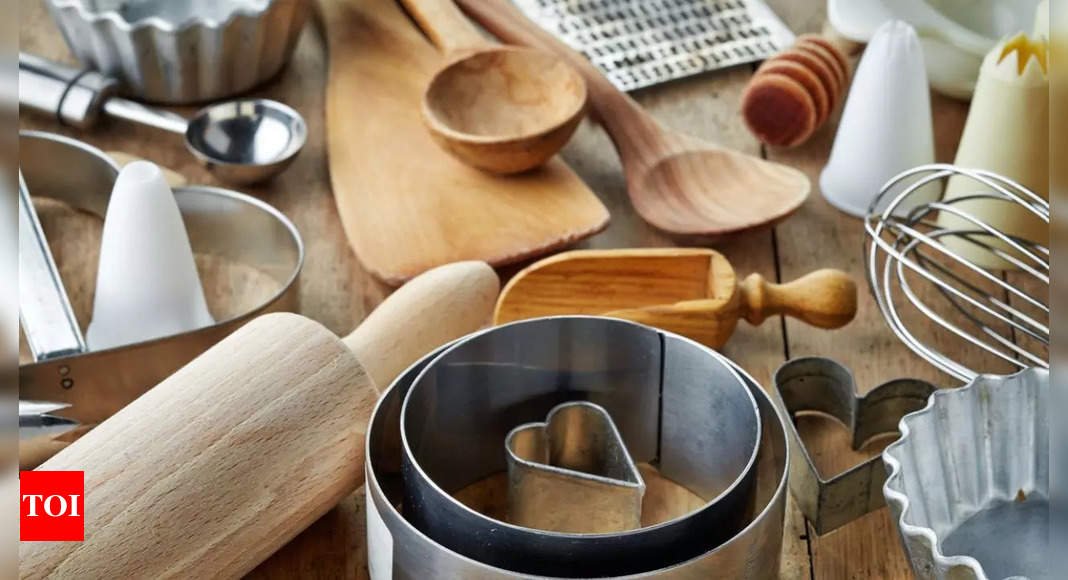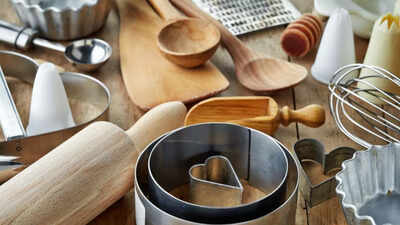Microplastics in Your Kitchen: 5 Common Items to Watch Out For
Microplastics are tiny fragments of plastic that can be found in the air, water, and food we consume. They can enter our bodies without us realizing it and potentially cause harm to our organs. According to a study published in the journal Proceedings of the National Academy of Sciences, an estimated 240,000 nanoplastics can be found in a one-liter plastic bottle of water. Additionally, a 2024 study published in Science of The Total Environment journal found that microplastic contamination can also occur in our kitchens during food preparation.
Plastic Containers
Plastic storage containers are common in most kitchens, but over time, they can degrade and release microplastics. Even opening and closing these containers can generate microplastic particles. The problem worsens if the containers are old or scratched, as the friction from lids or utensils can cause more plastic to break off. To reduce exposure, switch to glass or stainless steel containers whenever possible.
Old Plastic Cookware
Plastic cookware can rapidly increase your microplastic ingestion. A 2024 study found that jelly prepared with old plastic cookware had around 16 microplastic particles per sample, while jelly prepared with new plastic cookware had about nine. Jelly made with worn-out plastic cookware contributed to 78 percent more microplastics than that prepared in new cookware. It is best to use stainless steel, cast iron, ceramic cookware, and glass cookware. Teflon and old non-stick cookware should be avoided.
Cutting Boards
While you may not think twice about the cutting board you are using, a plastic board can be a major source of microplastics. When you slice through food on a plastic cutting board, especially meat, you can be incorporating up to 196 microplastic particles into your meal. This happens due to the friction between the knife and the plastic. To minimize this risk, try switching to bamboo or wooden cutting boards.
Blenders with Plastic Jars
Using blenders involves friction which could lead to the release of large amounts of microplastics. A study published in the Journal of Hazardous Materials found that billions of plastic particles could be released in just 30 seconds of blending. This is especially concerning when making smoothies or frozen drinks that require ice or hard food. If you regularly use a plastic blender, consider upgrading to one with a glass jar.
Cleaning Sponges
Scrubbing dishes creates friction which can cause microplastic particles to break off the sponge and contaminate your kitchen. Rinsing the sponge after use helps remove most of the particles, but many still end up in the drain, entering the environment and possibly coming back to you through water sources. To reduce this, opt for natural sponges made from cellulose or other biodegradable materials instead of synthetic ones.




